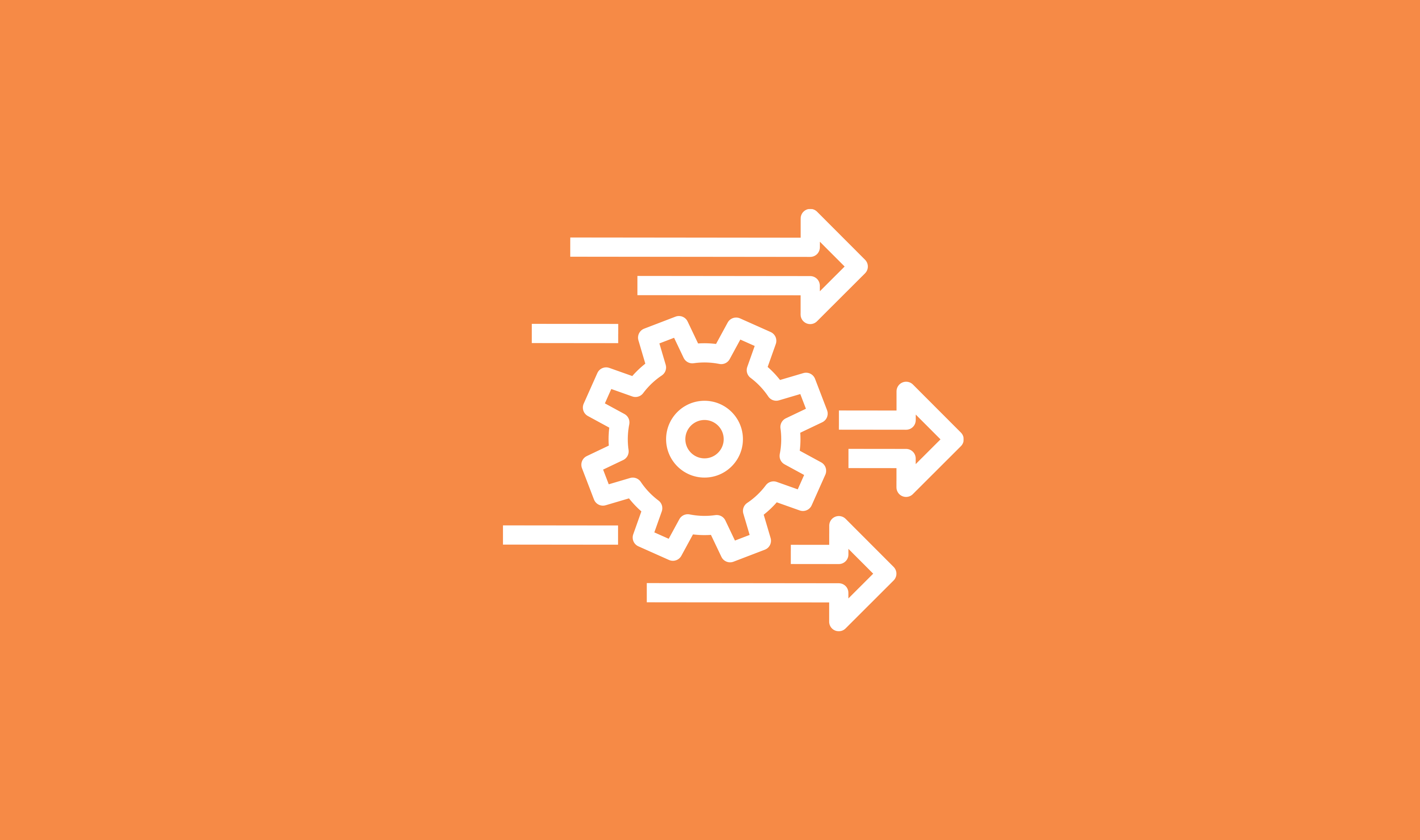A decision to manually process safety documents may need careful consideration because of the hidden time and costs that it represents. Paper documentation may allow a project to move forward when it is complete, but inaccurate or missing papers can bring almost any project to an abrupt halt.
While a tendency to allow someone in the office to handle the paperwork may seem like an efficient way to manage some routine tasks, it can lead to regrettable consequences. Any report that gets overlooked or any incorrectly filed paperwork can deter progress, cost money, and increase inefficiency. The consequences in terms of time, money, employee morale, and violations may amount to more than any office could use to justify a decision to use manual processes.
Enrolling Workers
The tedious and time-consuming process of creating a paper trail to enroll each employee in Workers’ Comp is excessive. If each enrollment takes only an hour, the process to complete the paperwork for 400 employees can take as much as two and a half months of administrative time.
Making sure of enrollment for the first day on the job compounds the task and may lead to costly errors. Providing health insurance for workers as well can double the amount of administrative time to create and file paperwork. The hours required to locate and update documents as circumstances change make the task even more costly and wasteful.
Orienting Teams
A job site that runs perfectly is a result of planning and execution, but it does not happen by accident. A workforce can perform with nearly miraculous precision when everyone knows what to do. However, accidents and errant practices increase when workers have insufficient familiarity with a task on a job site.
Documentation of the orientation for each worker and subcontractor ensures a knowledge base that leads to productive outcomes and accident prevention. Still, a misfiled paper confirming the delivery of company procedures for even one worker can create serious consequences that may go undetected until an accident occurs.
Digitizing orientation and testing allows for contracting teams to train at scale and create a digital record (with sign-off) of all teams who have come on site and ensures they are all aware of the safety requirements of your company and job site/project. The time-savings from chasing down people, copying, scanning, and in-person training and testing is enormous (we’re talking several hours each day, not to mention the reduction in risk that could come months to years after the project ends).
Checking Certifications
Due diligence and compliance issues place significant time demands on companies to make sure that each worker has up-to-date certifications. Guidelines differ by state, but expired certifications of electricians, masons and plumbers can create hazards on a work site.
Opportunities for violations can occur when paper documents fail to draw attention to which workers need to update their certification or renew a license. Chasing down people to find their status in a company’s overall compliance posture adds to the burden of copying, scanning and filing documents. A bottleneck of paperwork can create inadvertent compliance violations that impose severe penalties.
Some certifications may involve training, and the impact on a company’s resources may significantly affect teamwork and productivity.
Complying with Local Regulations
Few things can make inspectors more irritable and less willing to issue approvals than problems with permits and inspections. Almost nothing can derail progress as completely as getting cross-threaded with local governmental regulations. The government officials who issue them do not experience the rewards that construction brings, but they have the authority to prevent it.
Jurisdictions typically require permits for all types of construction based on a plan review that ensures compliance with codes and regulations. An erasable permit board may contain accurate project descriptions and status of permit applications, but the information can disappear with an accidental erasure of critical data. Missed deadlines can cause project delays and ramifications that affect progress in addition to giving a company a bad reputation in a building department.
Not to mention that manual permit processes, like paper tracking and tag-based check-in and check-out, can not only cost time when signals or permits are crossed or mis-communicated, but increase the risk of accidents within exclusion zones if teams aren’t clear on what’s happening and where. (You don’t want workers on the ground in a zone if a crane is hauling materials overhead. And if permits get mismanaged, you’re at risk of that happening.)
Digital permit boards and check-in/check -out with sign offs allows teams to easily check on what permits are in place, what time, and what zones, right from their phones (no need to walk over to the permit board). In addition, teams can be assigned checklists for each permit to ensure they’ve done their due diligence to make sure the area is safe before they check out of a zone. Digital management then provides notifications to teams that they are safe to enter a zone once the team prior has digitally check out of a zone. These digital processes save hours of manual time chasing papers, boards, and people.
Conducting JHAs Manually
With the reality of injuries and deaths that can occur on a job site, workers need to know that management continually looks for ways to improve their safety. Anything that affects the relationship between the work environment and the people who do the work can reflect the way that workers interpret their value to a company.
The identification and elimination or reduction of uncontrolled hazards assures workers that management maintains a proactive approach to their well-being. Inefficient paper processes in determining the need for regular JHAs can produce the opposite effect, an impact that no company can tolerate. Incident investigators want to see the most recent JHA, and inefficient paper records can make a response impossible.
For many, we understand that the price of change feels higher than the price of staying the same. But when you stop and dig into the build up of costs and risks over time, manual processes can not only affect your current bottom line, but your future ability to grow or protect your business in downturns.
Digitizing key safety functions will do more than protect your margins, you’ll be able to better protect your teams.



%20GIF.gif?width=200&name=HammerTech%20Intelligence%20(HTI)%20GIF.gif)



.png)